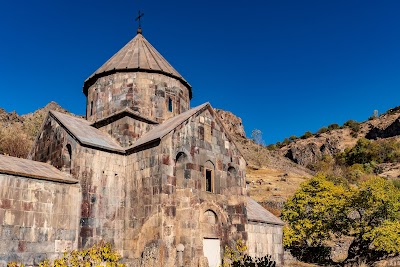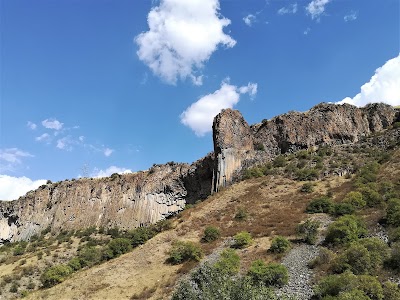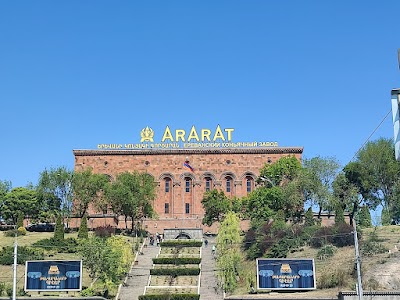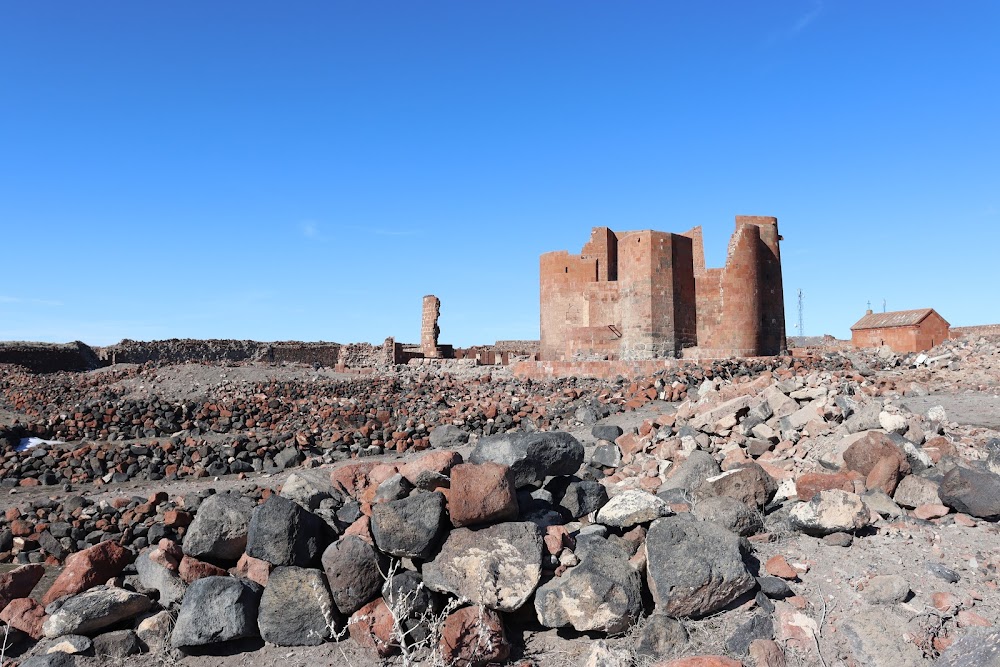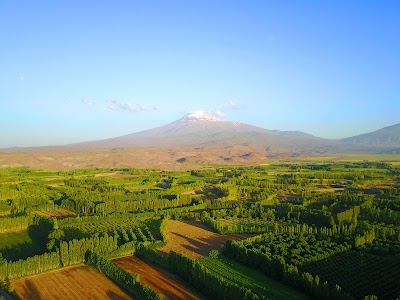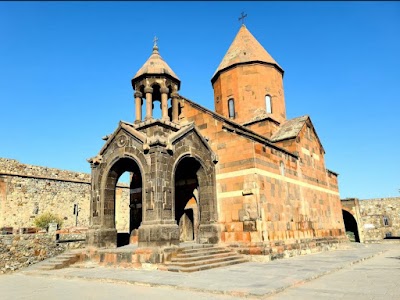Gndevank Monastery (Գնդևանք)
Overview
Gndevank Monastery is a hidden gem tucked away in the stunning Vayots Dzor Province of Armenia. Often overshadowed by more famous landmarks, this enchanting monastic complex is rich in history and charm. Founded in 936 AD by Princess Sophia of Syunik, Gndevank stands as a testament to Armenia's vibrant cultural and spiritual heritage.
The name Gndevank originates from the Armenian words “gnd,” meaning “shepherd,” and “vank,” meaning “monastery.” This etymology beautifully symbolizes its secluded and pastoral setting. A visit to Gndevank not only allows you to appreciate the exquisite architectural craftsmanship of the Armenian medieval period but also offers a peaceful escape from the bustling tourist trails.
Despite enduring the challenges of time—including natural disasters and periods of neglect—Gndevank Monastery retains an ethereal beauty that captivates all who visit. The principal structure, the Church of St. Stephen, is a compact yet majestic building adorned with intricately carved khachkars (cross-stones) and frescoes. The church's dome, characteristic of Armenian ecclesiastical architecture, rises gracefully, seemingly reaching for the heavens.
One of the most compelling aspects of Gndevank is its striking geographical location along the Arpa River, surrounded by rugged hills and lush green valleys. This dramatic backdrop enhances the monastery's mystical aura, making it an ideal spot for photography, reflection, and enjoying nature's tranquility. The fertile lands around the monastery have historically been used for vine cultivation, a tradition that continues today, connecting visitors with the region's age-old wine-producing culture.
As you wander around the monastery complex, you'll encounter several historical curiosities and artifacts. Notably, the remnants of an ancient water mill highlight the ingenuity of the medieval monks who once resided here. The mill's ruins serve as a subtle reminder of the self-sufficient and industrious lifestyle led by the monastic community.
Gndevank Monastery also harbors poignant stories etched in its stone walls. The inscriptions carved into the monastery provide invaluable insights into the lives and thoughts of those who sought solace within these sacred walls. One famous inscription by Princess Sophia reads: “Vayots Dzor was a ring without a gemstone, and I built this,” symbolizing her devotion and the monastery's cultural significance in the region.
Accessibility to Gndevank has improved in recent years, making it easier for tourists to explore this historical treasure. A well-marked trail leads from the nearby town of Jermuk, known for its therapeutic mineral waters. The hike itself is a delightful experience, offering captivating views of the surrounding countryside and opportunities to spot local wildlife.
For those eager to deepen their understanding of Armenian history and ecclesiastical architecture, Gndevank Monastery is a must-visit. With fewer crowds than other tourist spots, it provides a unique opportunity to experience Armenia’s rich cultural and historical depth in a more intimate setting.
When planning your visit, consider allocating time to explore nearby attractions such as the Jermuk Waterfall and the renowned Noravank Monastery. Combining these sites will enhance your perspective on the diverse historical landscape of Armenia.
In summary, Gndevank Monastery is not merely a historical site but a living piece of Armenian heritage, poignantly illustrating the intersection of history, religion, and nature. Whether you are a history enthusiast, an architecture lover, or simply seeking a peaceful retreat, Gndevank offers a memorable and enriching experience. Its serene environment, stunning views, and historical allure make it a destination worth exploring. The monastery stands as a silent guardian of the past, inviting visitors to uncover its quiet tales of devotion, resilience, and beauty. By visiting Gndevank, you are not only witnessing the remnants of a bygone era but also contributing to the preservation of this invaluable cultural heritage.


